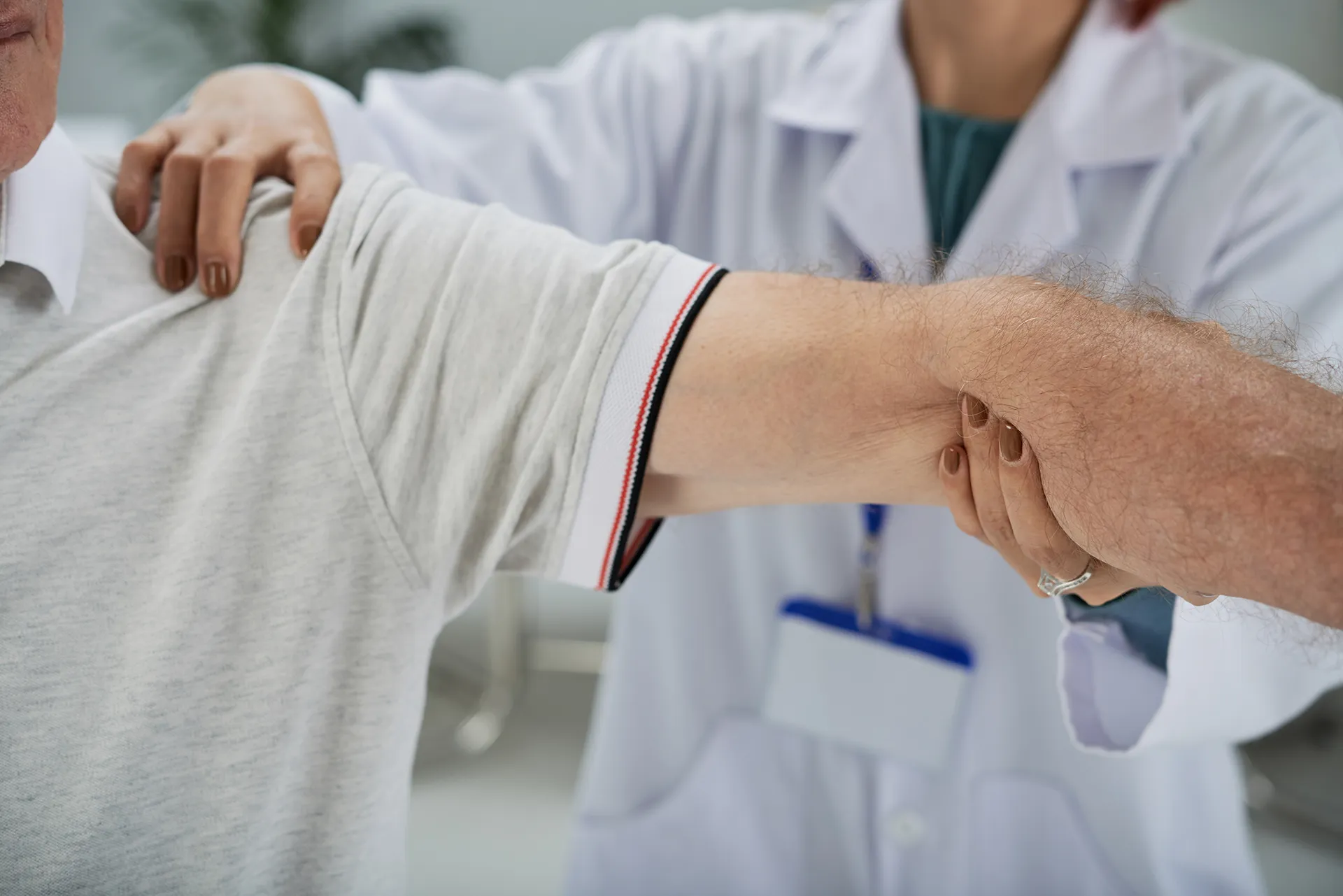Orthopedic Support
Orthopedic support: The brace or belt that can help speed recovery and restore confidence
When we say Orthopedic support, we are not talking about your average shoe insert or a simple posture corrector — We mean the perfect combination of design, materials and construction technology that ensures every smitch of it is the best thing to happen to walking since feet! Whether you’re coming off of surgery, managing a chronic condition or trying to get back to sports following an injury, the ideal orthopedic support will minimize pain and swelling, safeguard vulnerable tissues and make it easy to keep up with everyday activities while recovering.
Here’s what orthopedic support does, how to pick a product that fits your needs and how today’s supports are custom crafted from toe to head.
What orthopedic support actually does
Orthopedic support, essentially, has four functions:
- Immobilization — restriction of movement in the case of fractures, sprains or post-operative periods to allow healing.
- Compression — to decrease swelling and improve proprioception (the sense of movement of a limb).
- Alignment – physical structures such as muscles and bones maintained in their correct positions (for example through correcting posture using a back support brace).
- Load sharing — lifting part of the weight or stress off an injured body part (such as with an abdominal binder after surgery).
These effects then result in less pain, decrease the chance of re-injuring and improve the effectiveness of rehabilitation exercises.
Fast map of product types (through Flexo Healthcare)

The range of supports available from Flexo Healthcare is extensive and organized by body part, a useful format for both clinicians and purchasers. Our product guide views by the body part addressed: ribs, stomach, back, shoulder, arm, wrist, hand, hip, knee, calf and ankle. This whole-body approach means there’s often a purpose-built product designed for some common injury or post-op requirement.
Examples are mentioned below:
- Rib supports / Rib belts – for broken or bruised ribs (Rib Belt 5”/ 6”).
- Abdominal binders – 8 & 10” binder used post-operatively in abdominal cases and caesarean sections.
- Back & posture — posture correctors and medical back braces that are created to help spinal stabilization.
- Shoulder & clavicle – clavicle supports and shoulder immobilizers to restrict the motion of the shoulder.
- Arm & forearm — arm immobilizers, slings, forearm braces or splints hold the arm and elbow in place in order to help fractures heal.
- Wrist & hand — including wrist wraps, thumb Spica splints and finger splints for carpal injuries and finger fractures.
- Hip & pelvic — pelvic binders and traction bandage for hip pain and pelvis stabilization.
- Knee, calf, ankle — knee immobilizers, tibial braces, and ankle wraps for lower leg injuries.
Our company aids both physiotherapists and customers in searching for a specific solution, rather than selling them a one-size-fits-all product.
How to pick out your orthopedic support
Braces are not all made equal. When choosing an orthopedic support, think about:
- Goal: immobilization vs compression vs posture correction. A knee immobilizer is not the same thing as an athletic compression sleeve.
- Fit and sizing: Proper fit is everything — too tight limits circulation, too loose won’t stabilize. Our website product pages include detailed size charts and fitting guides.
- Material & skin friendliness: Made from breathable, hypoallergenic fabrics to reduce irritation during prolonged use. Flexo is unique in their certified raw material sourcing and skin-friendly materials.
- Clinical input: Supports created with physiotherapist-led design and insight tend to offer a better balance between comfort and function.
- Customizable: Straps, removable splints and modular parts allow support to be tailored at every stage of recovery.
- Warranty & service: Look for clear policies and support; Flexo provides product-specific warranties and dedicated customer service.
Real-world uses and product highlights
- Post-abdominal surgery: A 10” abdominal binder helps reduce pain during movement and supports surgical incisions. Flexo offers both 8” and 10” options.
- Fractures and immobilisation: Arm slings, humeral braces and splints provide the rigid support needed for upper limb fractures. Flexo’s arm category offers slings, splints and braces designed for this.
- Sports and sprains: An ankle wrap or tibial brace helps athletes control swelling and prevent re-injury. Flexo provides both.
- Chronic support & prevention: Posture correctors and pelvic binders can be used for long-term management of poor posture or pelvic instability, often paired with targeted physiotherapy.
Real-world uses and product highlights
Braces and belts are supports — not substitutes — for rehabilitation. The most lasting results come when orthopedic support is combined with:
- a tailored physiotherapy program,
- progressive strengthening and mobility work, and
- gradual weaning off immobilization to restore full function.
When in doubt, see a physiotherapist or surgeon to select the right product and establish wear schedules. Flexo notes that all of their products are clinic- and physiotherapist-recommended, underlining the importance of clinical oversight.
Final thoughts
Orthopedic support is the bridge between injury and independence. Choosing a purpose-built product — whether a rib belt, abdominal binder, clavicle support, or tibial brace — can shorten recovery time, ease pain, and protect your body as you regain strength. Flexo Healthcare’s catalogue reflects this with targeted products for the entire body, backed by clinical input, skin-friendly materials and precise sizing.
If you’re shopping for a brace, match the product to your recovery goal (immobilize, compress, align or unload), size it carefully, and combine it with physiotherapy for the safest and fastest return to activity.

